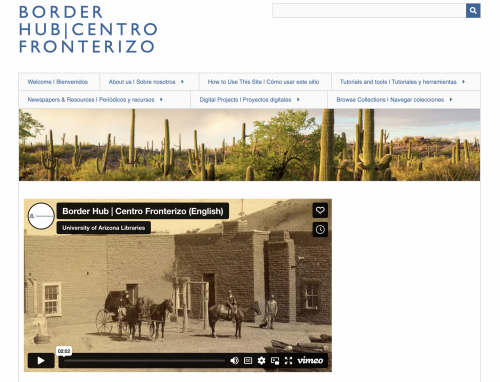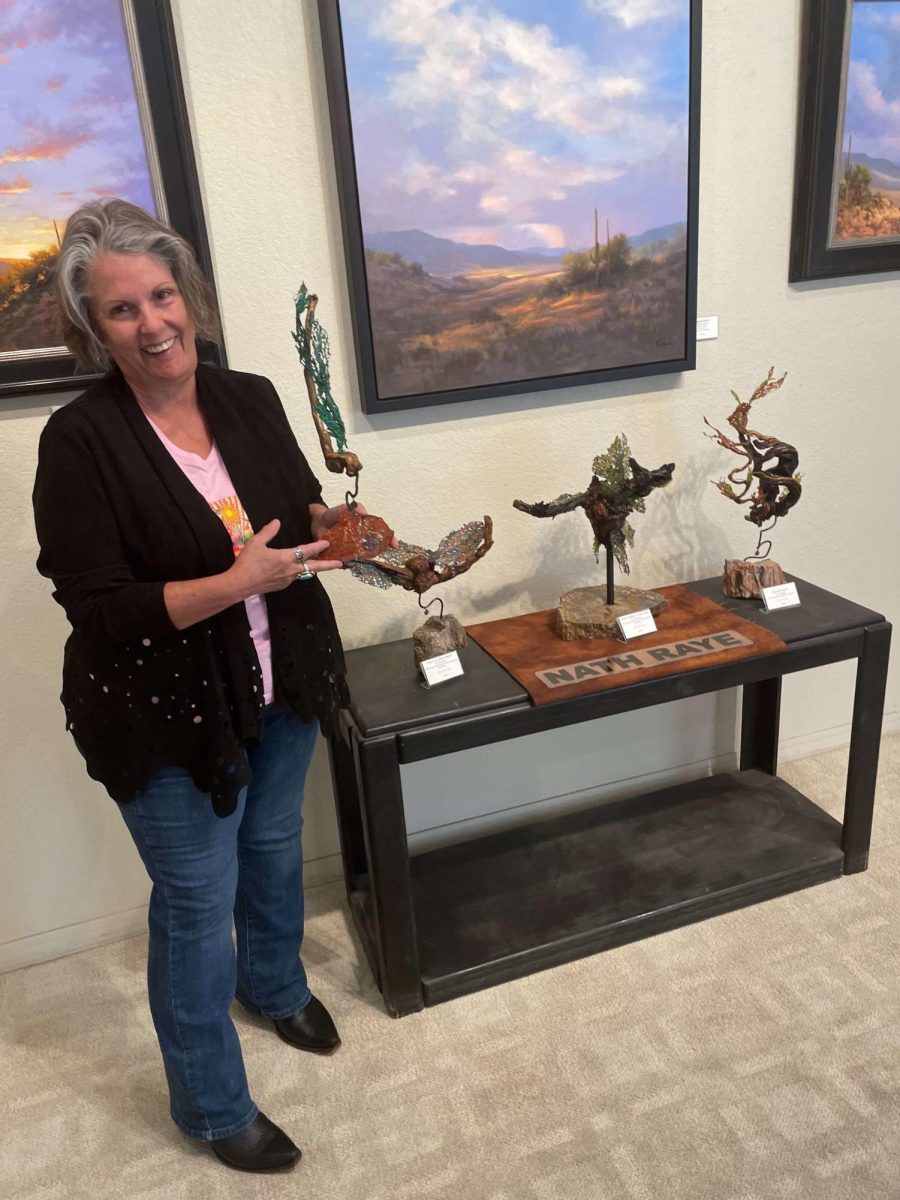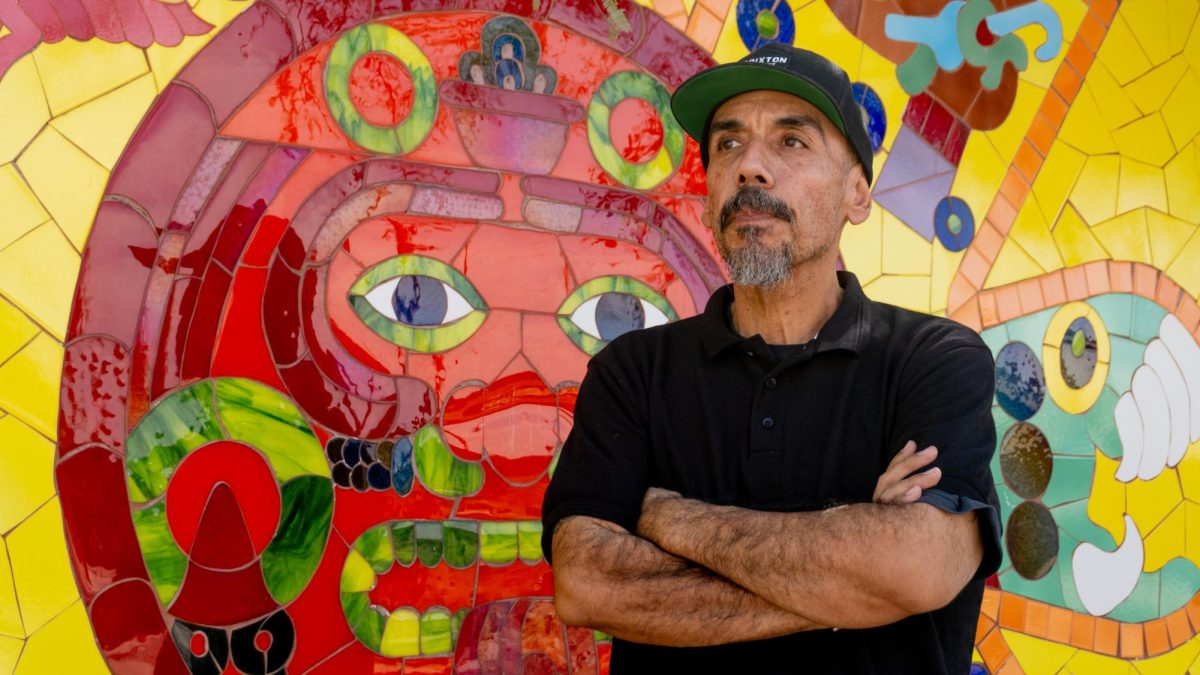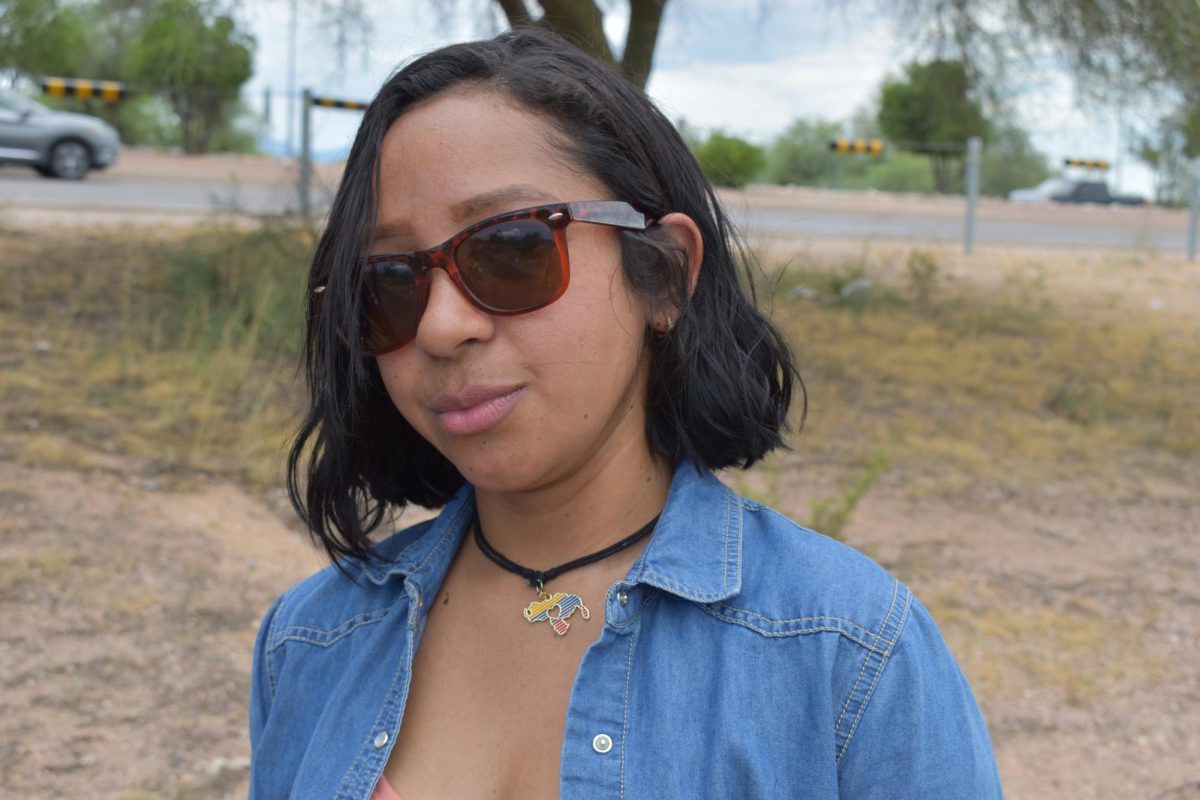Tatyana Johnson, El Inde Arizona

A group of professors has teamed up with the University of Arizona libraries and several community organizations to create the new Border Hub, a website devoted to photographic and newspaper archives from the U.S./Mexico border.
The site, projected to change over time, includes sources from “la frontera,” the American and Mexican Borderlands, dating back to the late 19th century. The goal is to serve as a “central space for research and storytelling,” according to the Border Hub website.
“We started talking about what other types of materials we’d want to have available in one site to encourage people to research, particularly around the questions about race and ethnicity in the borderlands,”said UA History Department Chairwoman Katherine Morrissey, who was one of the site’s founders. “And from the start we wanted it to be bilingual,”
The project, which was created by Morrissey, Anita Huizar-Hernandez and Celeste Gonzalez de Bustamante, is funded through a Mellon Foundation grant given to UA libraries for digital borderlands work, Huizar-Hernandez said. The trio has teamed up with community partners including the Arizona Historical Society, the Bisbee Mining and Historical Museum, the Douglas Oral History Project and Nogales Community Development.
The website aims to serve not only UA students, but the larger research community.
“We wanted to … make a website that would have various audiences. So it could be students, but it could also be faculty members,” said Huiza-Hernandez, who formerly taught at the UA and now teaches Spanish at Arizona State University. “And it could also be independent scholars. And it could also be community members who are just interested in this particular area of inquiry.”
Gonzalez de Bustamante, who taught journalism at the UA, is now teaching at the University of Texas at Austin.
Border Hub, launched in early February, will continue to be a work-in-progress; the materials available are set to evolve over time. The team said it will be seeking additional funding for the project to include more primary sources and digital stories. The eventual goal is to expand the geographical reach of sources found on the site, they said.
“One of the really important things to me about this project is creating a web presence to showcase the complexities of the Borderlands region. The way that so often the Borderlands are talked about in the past and the present and the future is extremely two dimensional, and it’s a conversation that’s not leading anywhere.” Huiza-Hernandez said. “So, providing a space for people to really delve into what a complex, multi-ethnic area this is has always been and will always be very important to me.”
You can find the Border Hub site here. Find instructions and guidance on the homepage by watching the introductory welcome video and through the help page. Site users with additional questions, concerns or suggestions are encouraged to reach out to the team through the “About Us” section.







